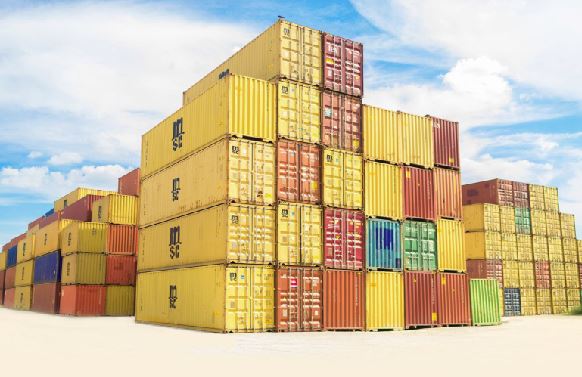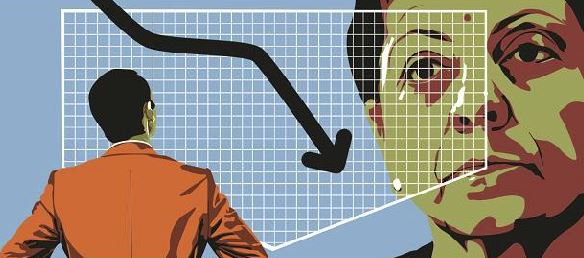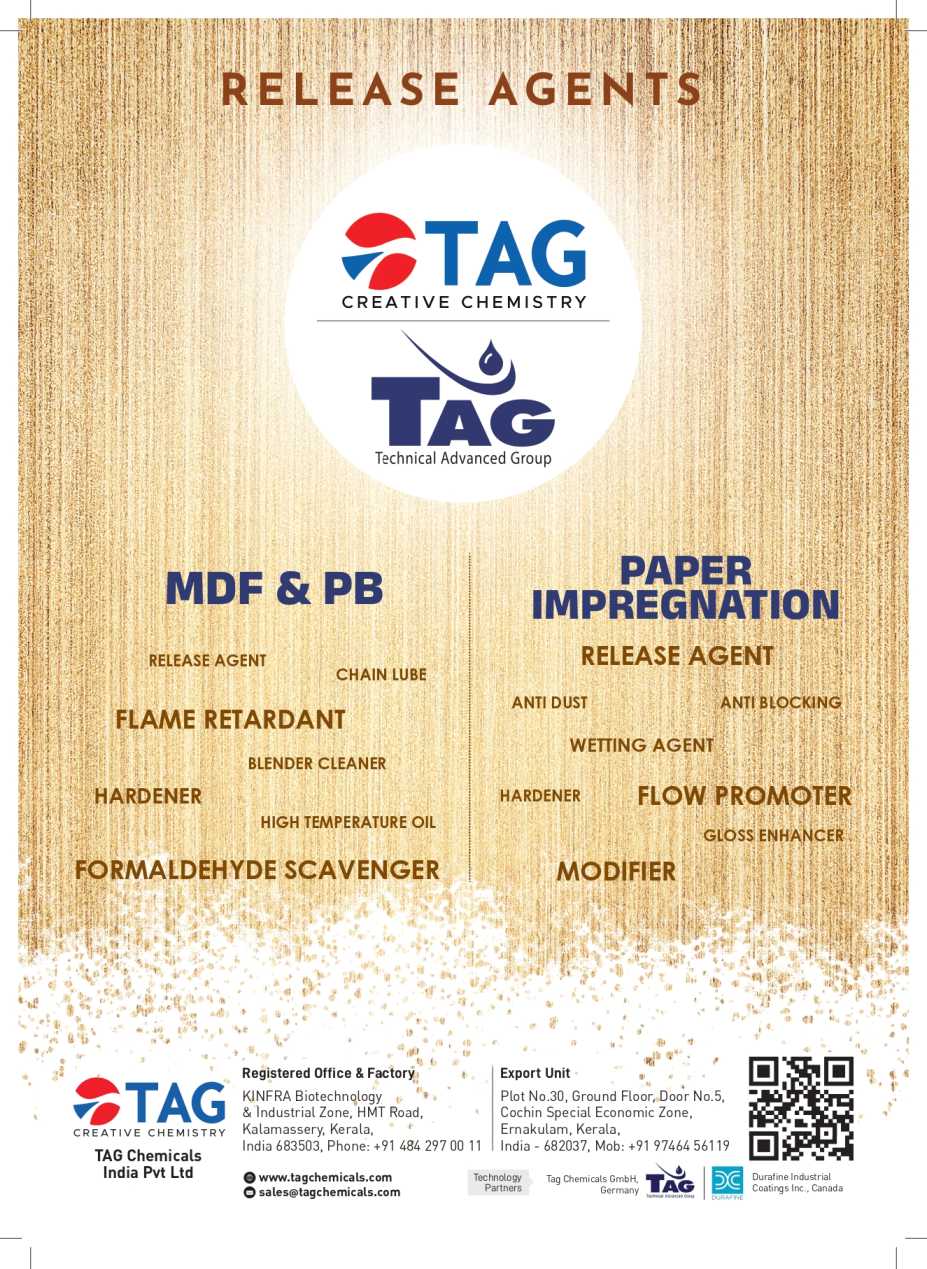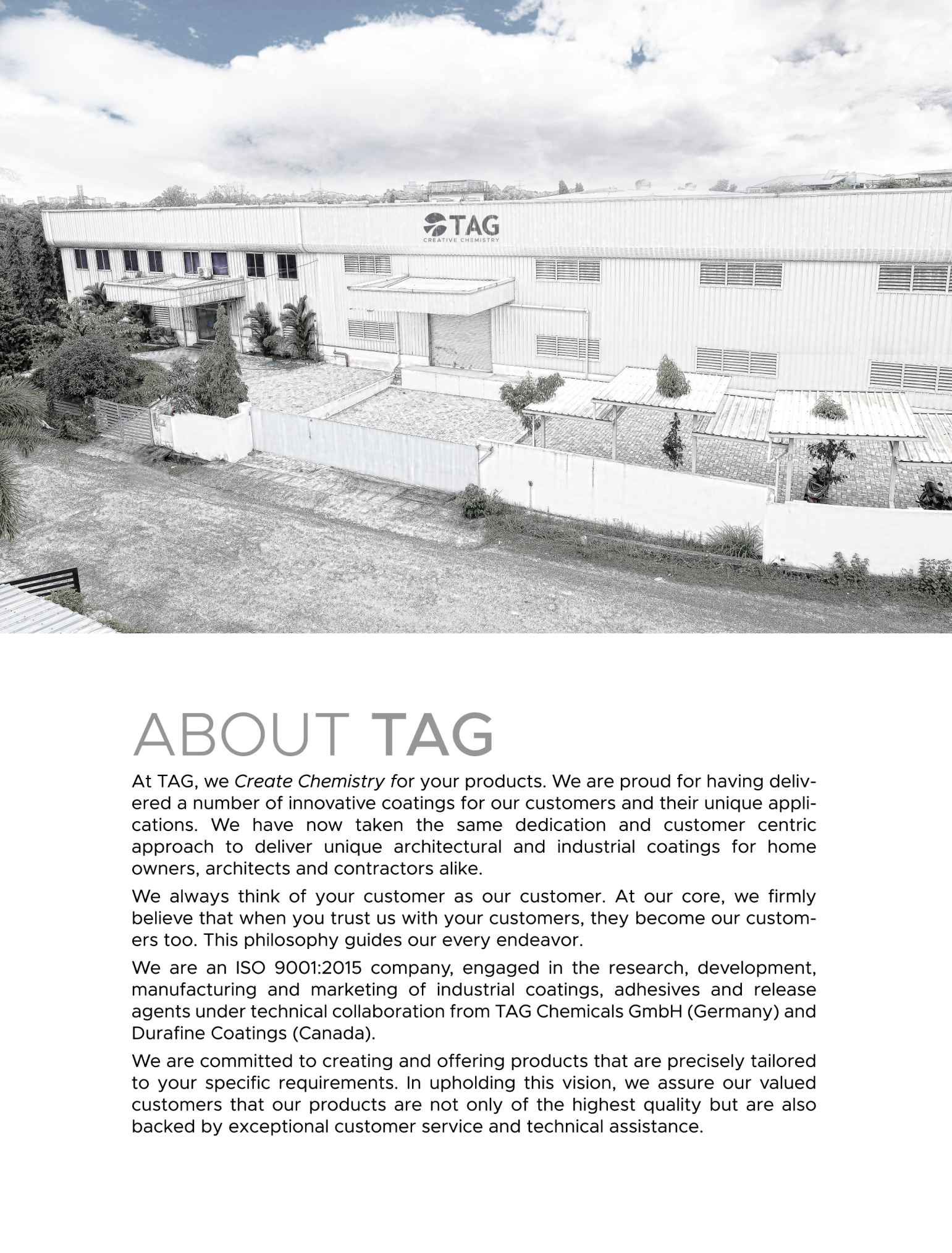
Protectionist customs duties and procedures
- March 21, 2020
- 0
Protectionist customs duties and procedures

The biggest weakness of this Budget is its continuing lurch towards protectionism. This is the fourth Budget in a row, beginning with Arun Jaitley’s February 2018 Budget and including Piyush Goyal’s Interim Budget of February 2019, that has raised customs duties across a wide array of products. This year the products include a number of household goods and appliances, electrical consumer appliances, footwear, furniture, toys, certain machinery items, certain medical equipment, components of mobile phones, e-vehicles of various categories and nuts. Furthermore, the provisions for anti-dumping duties and safeguard duties are also being tightened, as are rules of origin under extant free trade agreements, all of which promise bigger bureaucratic hurdles for imports.
For 25 years since 1991, successive Indian governments reformed our trade policies in favour of greater openness and engagement with world trade. Customs duties were greatly reduced and quantitative restrictions largely eliminated. As a result, our foreign trade — both exports and imports — expanded robustly, providing a significant boost to our economic growth and employment. Since 2017, we have reversed policy and retreated from engaging with the world economy. Our ministers and senior officials do not seem to appreciate that higher duties and restrictions on imports hurt our capacity to grow exports. We ourselves grew fastest when our exports expanded robustly (1992-97 and 2003-2012).
संरक्षणवादी सीमा शुल्क और प्रक्रियाएं
इस बजट की सबसे बड़ी कमजोरी यह है कि यह लगातार संरक्षणवाद की ओर झुकता नजर आया। अरुण जेटली के फरवरी 2018 के बजट और पीयूश गोयल फरवरी 2019 के अंतरिम बजट सहित यह लगातार चैथा बजट है जहां तमाम वस्तुओं पर सीमा शुल्क बढ़ाया गया है। इस वर्ष विभिन्न घरेलू वस्तुओं और उपकरणों, इलेक्ट्रिकल उपकरणों, जूते-चप्पल, फर्नीचर, खिलौने, मशीनरी, चिकित्सा उपकरणों, मोबाइल फोन घटकों, ई-वाहनों और बादाम आदि पर शुल्क बढ़ाया गया। ऐंटी डंपिंग शुल्क और सेफ-गार्ड शुल्क दरों को भी बढ़ाया जा रहा है। कुल मिलाकर आयात की की राह मुश्किल हो रही है।
सन 1991 के बाद से 25 वर्ष की अवधि में विभिन्न भारतीय सरकारों ने व्यापार नीतियों में सुधार किया और विश्व व्यापार के साथ संबद्धता बढ़ाई और खुलापन लाया। सीमा शुल्क में कमी की गई और इसकी बाधाओं को कम किया गया। परिणामस्वरूप, हमारा विदेशी व्यापार बढ़ा। इससे हमारी आर्थिक वृद्धि और रोजगार दोनों बेहतर हुए। वर्श 2017 के बाद से हमने नीति को पलटना शुरू कर दिया और विश्व व्यापार से अपने संबंध कम किए। हमारे मंत्री और वरिष्ठ अधिकारी यह मानने को तैयार नहीं दिखते कि उच्च शुल्क और आयात प्रतिबंध हमारी निर्यात क्षमता को प्रभावित कर रहे हैं। कोई देश बिना उच्च निर्यात वृद्धि के सकल आर्थिक वृद्धि हासिल कर पाया है। सन 1992 से 1997 और 2003 से 2012 के बीच जब हमारा निर्यात मजबूत था तब हमारी अर्थव्यवस्था भी तेजी से विकसित हुई।
यदि हम अपने ही आर्थिक इतिहास से सबक नहीं लेंगे तो देश की धीमी आर्थिक प्रगति के लिए किसी और को दोष नहीं दे सकते।
































































